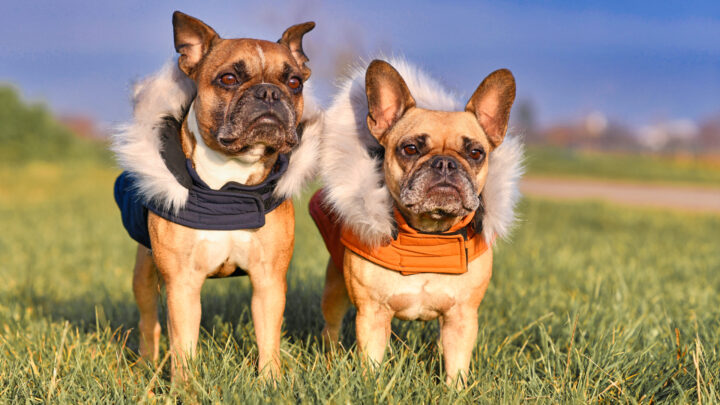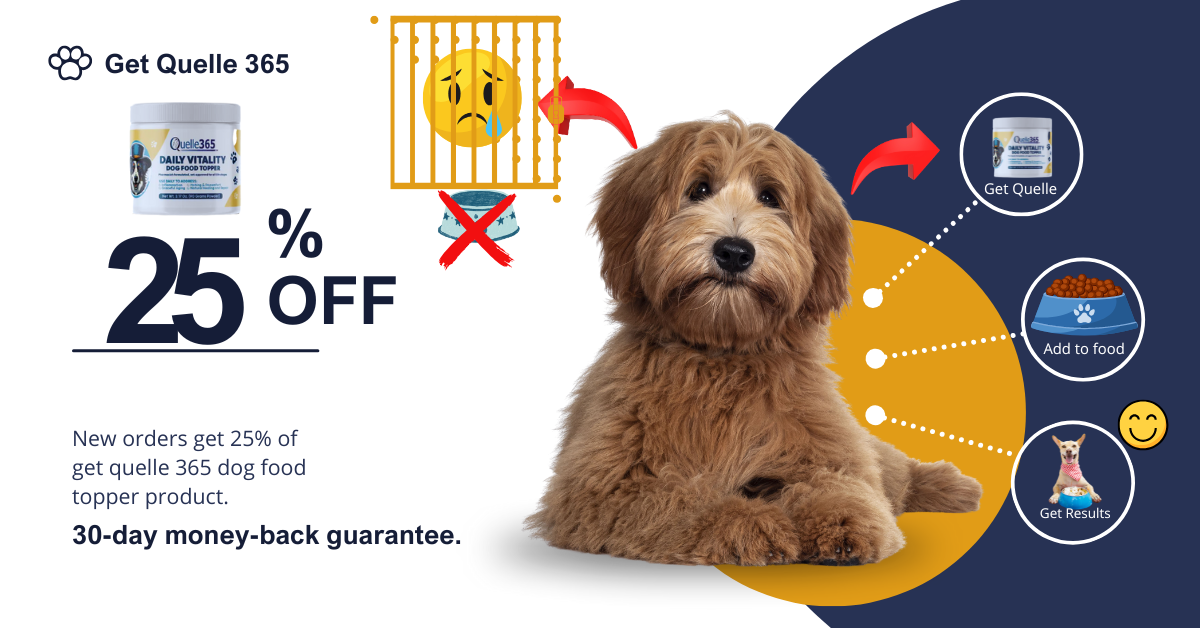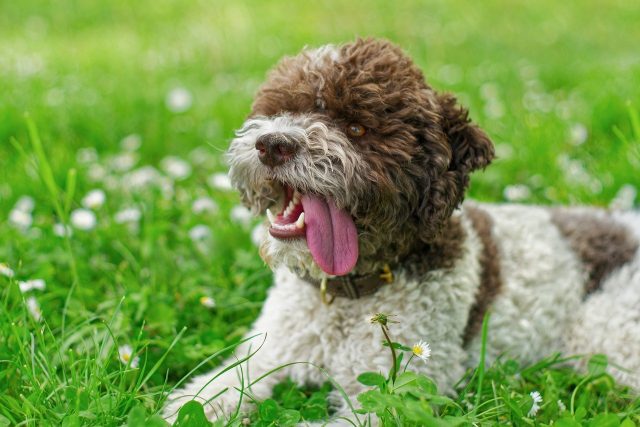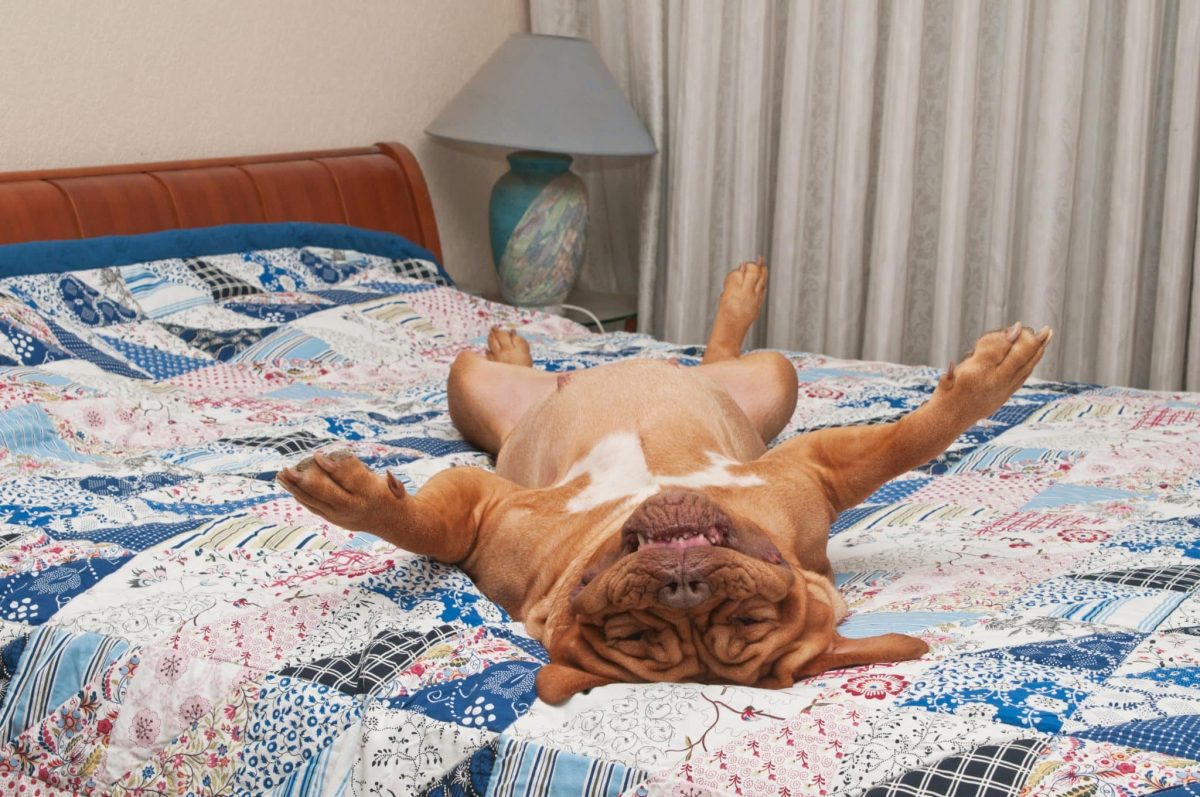Which dog breeds need winter coats?
In most cases, large dogs with thick and dense coats are naturally equipped to withstand the cold. Northern breeds such as Alaskan Malamutes and Siberian Huskies, whose fur coats are genetically designed to provide insulation and keep them warm. But, there are certain dogs who need that extra protection from colder weather conditions.
- Smaller toy and miniature shorthaired breeds like Chihuahuas, Greyhounds, and Whippets have a hard time retaining enough body heat to stay warm on their own.
- Dogs that have a low stature or short legs like Corgis, Dachshunds, and Basset Hounds may also easily get cold because their bellies easily come in close contact with the cold ground.
- Senior dogs, who may suffer from conditions like arthritis or a weakened immune system, are more susceptible to needing a winter coat. Ageing can lead to decreased heat regulation, causing even an older dog with a thick coat to feel the chill.
For medium-sized dogs like Jack Russles, or even large dogs with shorter hair like Great Danes, and mix-breed rescue dogs, the need for a coat really depends on how your dog responds to the cold.
As a general rule, if you see signs of your dog being cold, like shivering or whining, letting them wear a coat won’t hurt.
That being said, you should keep in mind that you should never force your dog to wear a coat if they resist or show signs of discomfort. The stress this may cause to both you and your pet isn’t worth it. Instead, consider modifying your dog’s routine to allow them to have more exercise and stimulation while avoiding the cold.
Just like human coats, dog coats come in a variety of styles and materials. And though there are plenty of fashionable clothes for dogs available on the market, your dog’s winter coat should also keep them warm and dry.
- A multipurpose dog coat combines waterproof and windproof features while providing insulation through a layer of fleece or padding to keep your dog warm.
- A raincoat, on the other hand, serves as a straightforward waterproof layer designed to shield your dog from wet weather, typically equipped with a breathable lining.
- For dark winter mornings, evenings, and foggy conditions, a high-visibility coat is highly recommended to ensure your dog remains visible during walks.
- When it comes to cold, dry days, a tweed coat offers breathability, cosiness, and optimal warmth, making it an ideal choice for keeping your dog comfortable.
The perfect dog coat will provide full coverage of your furry pal’s neck, back, and belly. Waterproof fabric is also recommended since a wet dog loses body heat much more rapidly than a dry one. Finally, it’s important to choose a coat that doesn’t have any components that can be chewed off or swallowed, such as zippers, buttons, or tags.
How to measure your dog for a coat
When choosing a coat for your dog, it’s important that it fits them correctly.
Ill-fitting clothes can make our pets just as uncomfortable as they would make us. Here’s a guide on how to measure your four-legged friend for a coat:
- Length: Measure your dog from the base of their neck (collar) to the beginning of their tail.
- Chest (torso): Measure the width of your dog’s chest just behind their front legs.
- Neck: Measure the circumference of the neck area where the collar typically sits.
Your dog should be able to move freely to do all their regular activities –running, jumping, and handling their bathroom needs–while wearing their coat.
If you notice your dog biting, scratching at the coat, or rubbing against furniture, that’s a sign that their coat doesn’t fit right and might be causing them discomfort.
The do’s and don’ts of dog coats
Watch for cold dogs
Even if your dog is wearing a coat, if you plan on staying outside for a long period of time keep a close eye on them and look out for any signs of shivering, whining, or anxiety. These behaviours may indicate that your dog is still feeling too cold, despite the added layer of warmth.
Be mindful of warmth-generating activities
When your dog is running around at the park, the coat they are wearing can potentially retain their body heat, making them feel warmer. In cold weather conditions, it is important to closely monitor your dog’s activity level to prevent them from overheating. While they may need the coat to stay warm initially, their increased physical exertion can generate additional heat and may cause them to become excessively hot.
Keep the coats and jackets for the outdoors
Lastly, just as how dogs can overheat wearing their coats outside, a dog wearing a coat indoors can overheat quickly too. It’s best to just let them wear their coats outside where it might be harder for them to retain their body heat.









